Eine Skibindung ist ein grundlegendes Element und integraler Bestandteil Ihrer Skiausrüstung. Neben der Befestigung der Skischuhe an den Skiern verfügen Bindungen über Sicherheitsfunktionen, die Ihre Skier im Notfall automatisch lösen, um schwere Verletzungen zu vermeiden. Die richtige Wahl der Bindungen verbessert die Ski-Performance und Sicherheit von Anfängern bis zu erfahrenen Nutzern.
Dieser Leitfaden behandelt alles, was Sie über Skibindungen und wie man Skibindungen auswählt.
Warum sind Skibindungen wichtig?
Die meisten Skifahrer verbringen ihre Zeit damit, die richtige Ausrüstung und Schuhe auszuwählen, während sie Bindungen vernachlässigen. Bindungen sind entscheidende Komponenten, die sowohl die Sicherheit als auch die Leistung beim Skifahren beeinflussen. Eine richtig angepasste Bindung verhindert, dass Ihre Schuhe abfallen, und sorgt für effiziente Kontrolle über Ihre Skier. Sie löst systematisch aus, um Knie- oder Knöchelverletzungen bei übermäßiger Kraft beim Skifahren zu minimieren.
Hochgeschwindigkeits-Rückenrillen-Skifahren auf steilen Hängen ist ein ideales Szenario. Wenn Ihre Skier aufgrund falscher Bindungen nicht richtig auslösen, riskieren Sie sowohl Kontrollverlust als auch schwere Verletzungen. Profis achten genau auf ihre Skibindungseinstellungen, um sicherzustellen, dass die Bindungen zu ihrem Gewicht, ihrer Fähigkeit und ihrem Fahrstil passen.
Die Skischuhe verlangen kompatible Bindungen, die richtig an Ihr Körpergewicht, Ihre Skivorlieben und Ihre Fertigkeiten angepasst sind. Jede Bindung, die über ihre normalen Spezifikationen hinausgeht, kann in kritischen Momenten versagen und nicht auslösen, was das Verletzungsrisiko erhöht. Sind sie zu locker, könnten Sie unerwartet einen Ski verlieren. Das Verständnis von Skibindungseinstellung und Einstellungen ist genauso wichtig wie die Wahl der richtigen Bindungen.
Ein weiterer zu berücksichtigender Punkt ist Bindungsdauerhaftigkeit. Günstigere Bindungen halten möglicherweise rauen Skibedingungen oder plötzlichen Stößen nicht stand, was sie im Laufe der Zeit unzuverlässig macht. Der Kauf von hochwertiger Bindungsausrüstung bietet den Nutzern viele Jahre funktionalen Gebrauch, der den richtigen Sicherheitsschutz sowie Leistungsunterstützung gewährleistet.

Arten von Skibindungen
Ski ist kein Einheitsmodell - außer . Die Auswahl der Skibindungen hängt von Ihrem Skigebiet sowie Ihrem Stil ab.
Alpine Bindungen
Alpine Bindungen sind die am weitesten verbreiteten in der Skiwelt. Stanare idealisierte Bindungen und alpine Skischuhherstellung, die speziell für solche Anwendungen entwickelt wurden. Die Bindungen verfügen über einen festen Fersenpunkt, der den Schuh automatisch freigibt, um Verletzungen zu verhindern. Alpine Bindungen sind ideal, weil sie ein sicheres Erlebnis bieten und für alle Könnerstufen geeignet sind.
Alpine Bindungen bieten den Nutzern mehrere angenehme Vorteile aufgrund ihres flexiblen Designs. Moderne Skifahrer können durch diese Bindungen sichere Verbindungen zwischen Schuh und Ski genießen, die sowohl für präparierte Pisten als auch für mittelschweres Berggelände geeignet sind. Leihski verwenden meist alpine Bindungen, da dieser Bindungstyp für verschiedene Könnerstufen effektiv bleibt.

Alpine Touring (AT)-Bindungen
Ski-Enthusiasten, die territoriale Grenzen erkunden, sollten alpine touring (AT)-Bindungen als ihre beste Wahl in Betracht ziehen. AT-Bindungen bieten zwei Betriebsmodi, mit denen Sie zwischen freier Fersenbewegung für den Aufstieg und sicherer Bindung für die Abfahrt wechseln können. Diese Erkenntnisse stammen von Haupt- und Landeskifahrern, die Wanderfunktionalität mit traditioneller Bindungszuverlässigkeit beim Abstieg verbinden möchten.
Jedes Setup für das Backcountry-Skifahren muss AT-Bindungen als Schlüsselkomponente enthalten. AT-Bindungen ermöglichen Skifahrern besseren Zugang zu unerschlossenen Schneebereichen und unbekanntem Gelände. Die speziellen Tourenschuhe müssen bestimmte Merkmale aufweisen, die mit dem Mechanismus dieser Bindungen übereinstimmen.

Tech-Bindungen (Pin-Bindungen)
Tech-Bindungen sind eine gewichtreduzierte Option im Vergleich zu AT und wurden ausschließlich für das Bergskifahren entwickelt. Metallstifte sorgen bei diesen modernen Alternativen für Priorisierung anstelle des herkömmlichen Zehenstücks, was zu reduziertem Gewicht führt. Allerdings haben sie weniger Kraftübertragung und Stabilität als alpine Bindungen, weshalb sie am besten für erfahrene Skifahrer geeignet sind, die Effizienz beim Aufstieg priorisieren.
Eine Sache, die man über Tech-Bindungen ist, dass sie eine andere Skitechnik erfordern. Effizienz steht bei der Konstruktion im Vordergrund und nicht die Kontrolle, weshalb steiles Gelände aggressives Skifahren erschwert. Bei Skifahrern auf unebenem Gelände übertragen Telemark-Bindungen keine stoßdämpfende Wirkung wie alpine Bindungen, was zu Sicherheitsrisiken für ss führt.

Telemark-Bindungen
Telemark-Bindungen machen das Skifahren besonders, weil sie dem Skifahrer erlauben, die Ferse unabhängig zu halten und gleichzeitig seine Leistung gut zu entwickeln. Wer die traditionelle Telemark-Technik praktiziert und Vielseitigkeit im Pulverschnee und abseits der Piste sucht, wählt diese Bindungen als bevorzugtes Setup. Diese Ski erfordern andere Skitechniken als alpine Ski, die für Anfänger nicht gut geeignet sind.
Erfahrene Skifahrer lieben Telemark-Ski, weil sie durch ihr dynamisches Prinzip Unabhängigkeit ermöglichen und gleichzeitig uneingeschränkte Bewegungsfreiheit bieten. Die Fähigkeit, die Knie zu beugen, sorgt für fließende Bewegungen, erfordert aber starke Beinmuskeln und ausgezeichnetes Gleichgewicht.

Snowboard-Bindungen für Skiblades und Skiskates
Snowboard-Bindungen für ski blades und Skiskates sind darauf ausgelegt, kurzen Ski eine neue Dimension von Kontrolle und Spaß zu verleihen. Diese spezialisierten Bindungen verbinden die Stabilität und Leistung traditioneller Snowboard-Bindungen mit der Agilität von ski blades und Skiskates. Hier erfährst du alles über ihre einzigartigen Eigenschaften und wie sie dein Skierlebnis verbessern können.
Warum Snowboard-Bindungen für kurze Ski wählen?
Ein Vorteil von Snowboard-ähnlichen Bindungen bei ski blades oder Skiskates ist die verbesserte Kontrolle. Kurze Ski erfordern Präzision, und diese Bindungen liefern sie durch eine verbesserte Fußpositionierung. Das führt zu mehr Stabilität und Reaktionsfähigkeit, sodass du scharfe Kurven und schnelle Richtungswechsel mühelos meistern kannst. Snowboard-Bindungen sind ideal für alle, die eine dynamischere und sportlichere Alternative zum traditionellen Skifahren suchen.
Einzigartige Merkmale von Snowboard-Bindungen
Optimiert für kürzere Ski: Diese Bindungen sind speziell auf die einzigartigen Anforderungen von ski blades und Skiskates zugeschnitten, die deutlich kürzer sind als herkömmliche Ski.
Verbesserte Manövrierfähigkeit: Snowboard-Bindungen schaffen eine sichere Verbindung zwischen deinen Füßen und den Skiern und bieten die Flexibilität, die für schnelle Manöver nötig ist. Das ist entscheidend, um enge Trails zu meistern oder Tricks auszuführen.
Freizeitfokus: Im Gegensatz zu herkömmlichen Skibindungen fügen Snowboard-ähnliche Bindungen deinem Erlebnis ein Element von Spaß und Besonderheit hinzu. Nutzer loben oft, wie diese Bindungen das ski-blading und ski-skating abenteuerlicher machen.
Wie sie das Erlebnis verändern
Die schnelle Wendigkeit von ski blades und Skiskates ist bereits ein großer Vorteil, aber in Kombination mit Snowboard-Bindungen wird das gesamte Erlebnis auf ein neues Level gehoben. Ob beim Carven auf der Piste oder beim Ausprobieren von Freestyle-Moves, diese Bindungen verbessern Agilität und Gleichgewicht. Sie sind besonders beliebt bei Adrenalinjunkies, die etwas Frisches und Aufregendes im Schneesport suchen.
Perfekt für Stabilität und Kontrolle
Ein Schlüsselelement von Snowboard-ähnlichen Bindungen ist ihre Fähigkeit, eine überlegene Fußpositionierung zu bieten, die eine natürliche Haltung für mehr Stabilität ermöglicht. Ob du entspannt fährst oder deine Grenzen austestest, dieses Setup minimiert die Belastung und erlaubt eine bessere Konzentration auf Präzision und Geschwindigkeit. Besonders auf steilem oder unebenem Gelände wird diese Eigenschaft geschätzt.
Ideal für alle Könnerstufen
Snowboard-Bindungen für ski blades und Skiskates sind nicht nur für Experten. Egal, ob du ein erfahrener Skifahrer bist oder neu bei diesen kürzeren Skioptionen, die Bindungen machen die Aktivitäten zugänglicher und angenehmer. Sie schaffen eine solide Grundlage für Anfänger und geben erfahrenen Nutzern das Vertrauen, mit neuen Techniken zu experimentieren.
Der Snowfeet-Unterschied
Snowfeet hat dieses Design perfektioniert, um Skiblade- und Skate-Enthusiasten gerecht zu werden. Ihre Bindungen sind so gefertigt, dass sie mit kürzeren Skiern kompatibel sind und ein besonderes Freizeiterlebnis bieten. Durch verbesserte Stabilität, Agilität und Gesamtleistung sind Snowfeet-Bindungen ein Muss für alle, die den Spaß und die Freiheit des Skiblading oder Skating entdecken wollen.
Probieren Sie sie aus, und Sie werden schnell sehen, wie diese Bindungen Ihre Zeit auf der Piste in ein unvergessliches Erlebnis verwandeln!
Wie man Skibindungen auswählt
Der Auswahlprozess für Bindungen erfordert mehrere Überlegungen basierend auf Ihren Skifähigkeiten, bevorzugtem Stil und Schuhpassform.
Das Können zählt
Ihre Skierfahrung beeinflusst, welche Bindungen Sie benötigen. Anfänger sollten Bindungen mit niedrigeren DIN-Einstellungen (3-7) wählen, die ein leichteres Auslösen bei gleichzeitigem Schutz bieten. Experten und Profis sollten Hochleistungsbindungen mit Stoßdämpfung wählen. Sie sollten Bindungen mit hohen DIN-Einstellungen (8-16 oder höher) verwenden, da diese maximale Kontrolle auch bei intensiven Skibewegungen bieten.
Professionelle Skifahrer, die Sprünge und Tricks ausführen, müssen Hochleistungsbindungen mit Stoßdämpfung wählen. Diese helfen, unnötiges Auslösen zu verhindern und sorgen für eine bessere Kraftübertragung zwischen Skifahrer und Skiern.
Schuhkompatibilität
Nicht alle Skischuhe passen zu allen Bindungen. Prüfen Sie vor dem Kauf, ob Ihre Skischuh-Bindungen passen zu Ihren Skischuhen. Alpine Bindungen funktionieren mit den meisten Standard-Skischuhen, aber AT-Bindungen erfordern Tourenschuhe; ch-Bindungen funktionieren nur mit Schuhen, die für Pin-Bindungen ausgelegt sind.
Art des Skifahrens
Wo Sie Ski fahren, beeinflusst auch, welche Bindungen Sie wählen sollten. Pistenfahrer sollten alpine Bindungen verwenden, während Tourengeher AT- oder Tech-Bindungen benötigen. Freestyle-Skifahrer könnten pngs mit besserer Stoßdämpfung für Sprünge und Tricks verwenden.
Einstellung Ihrer Skibindungen
A Vorschlag zur Einstellung stellt sicher, dass Ihre Bindungen schnell auslösen und so das Verletzungsrisiko verringern. Ihre Skier könnten falsch auslösen oder Ihre Fähigkeiten könnten falsche Bindungseinstellungen erfordern.
Die professionelle Einstellung Ihrer Bindungen ist eine der optimalen Methoden zur Bindungsoptimierung. Professionelle Skigeschäfte beurteilen Bindungen anhand individueller Gewichtsangaben, Fähigkeiten und Skivorlieben.
Und Pistenaggressivität sStandards Die DIN-Messung (Deutsches Institut für Normung) definiert die Kraft, die benötigt wird, um sich von den Bindungen zu lösen. Ein Fachmann sollte Ihre Skibindungseinstellungen basierend auf Gewicht, Größe, Skifähigkeit und Pistenaggressivität anpassen.
Snowfeet-Bindungen sind benutzerfreundlicher: Sie können sie ganz einfach selbst einstellen. Außerdem müssen Sie sich keine Sorgen um die Größe machen: Sie passen jedem!
Ski- und Bindungspakete: Sind sie eine gute Wahl?
Wenn Sie neu im Skifahren sind, bieten Ski- und Bindungspakete eine bequeme Möglichkeit, Ihre Ausrüstung zu kaufen. Diese Ausrüstungskombination wird mit vormontierten Bindungen geliefert, die mit den spezifischen Skiern funktionieren.
Vorteile beim Kauf eines Ski- und Bindungspakets
Viele Skifahrer entscheiden sich für Ski- und Bindungspakete weil sie Kompatibilität garantieren, oft zu einem niedrigeren Preis als beim separaten Kauf. Vorgefertigte Bindungen sparen auch Zeit und sorgen für die korrekte Platzierung.
Wann separat kaufen
Fortgeschrittene Skifahrer mit speziellen Leistungsanforderungen bevorzugen es möglicherweise, Ski und Bindungen separat zu kaufen. So können sie ihren Skistil binden und ein individuelles Erlebnis bieten.
Wenn Sie sich nicht darum kümmern möchten, Ski und Bindung separat zu kaufen, entscheiden Sie sich für Snowfeet. Alle Modelle werden mit bereits montierten Bindungen geliefert.

Abschließende Gedanken
Die Wahl der richtigen Skischuhbindungen ist ein wichtiger Aspekt zur Gewährleistung der Sicherheit, und das richtige Wissen über die Art der Skibindungen, deren Auswahl und die Einstellung der korrekten Skibindungseinstellungen kann helfen, Verletzungen zu vermeiden und sogar die Leistung auf der Piste zu verbessern.
Snowfeet bietet Snowboardbindungen, die Skiblades und Skiskates für Skifahrer verfügbar machen, die während der Winteraktivitäten etwas Neues ausprobieren möchten. Die Suche nach passenden Bindungen ist ein entscheidender Prozess sowohl für Anfänger als auch für erfahrene Skifahrer, da sie die Qualität Ihres Skierlebnisses direkt beeinflusst.
Wenn Sie neue Ausrüstung kaufen, sollten Sie Ski- und Bindungspakete für Bequemlichkeit und Kosteneinsparungen. Und bevor Sie die Pisten erobern, überprüfen Sie immer Ihre Einstellungen der Skibindung um sicherzustellen, dass alles zu Ihrer Sicherheit richtig eingestellt ist.

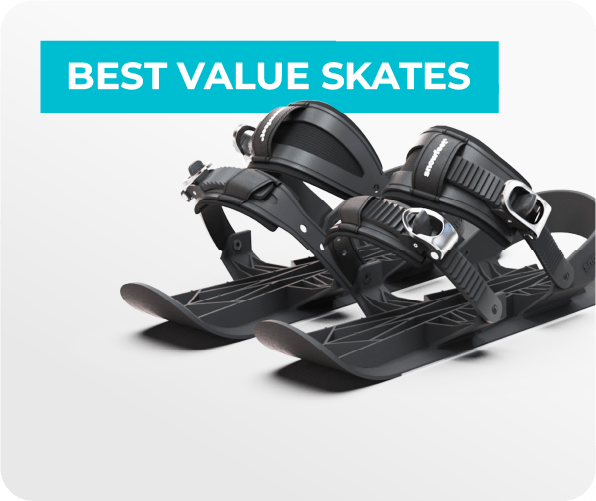
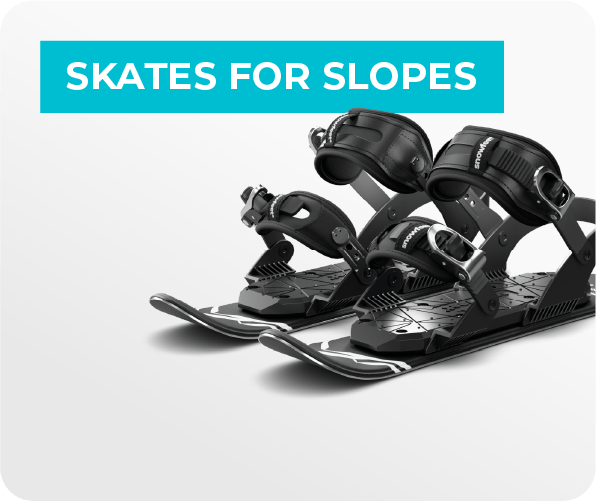
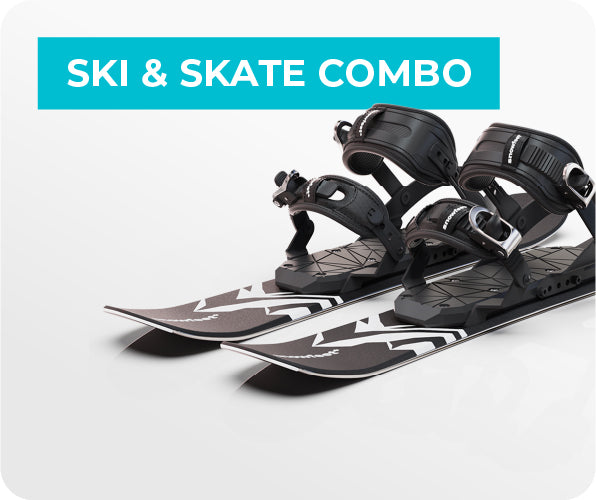
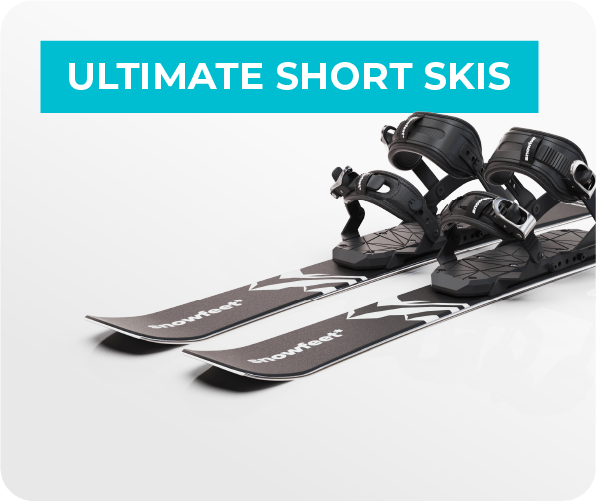
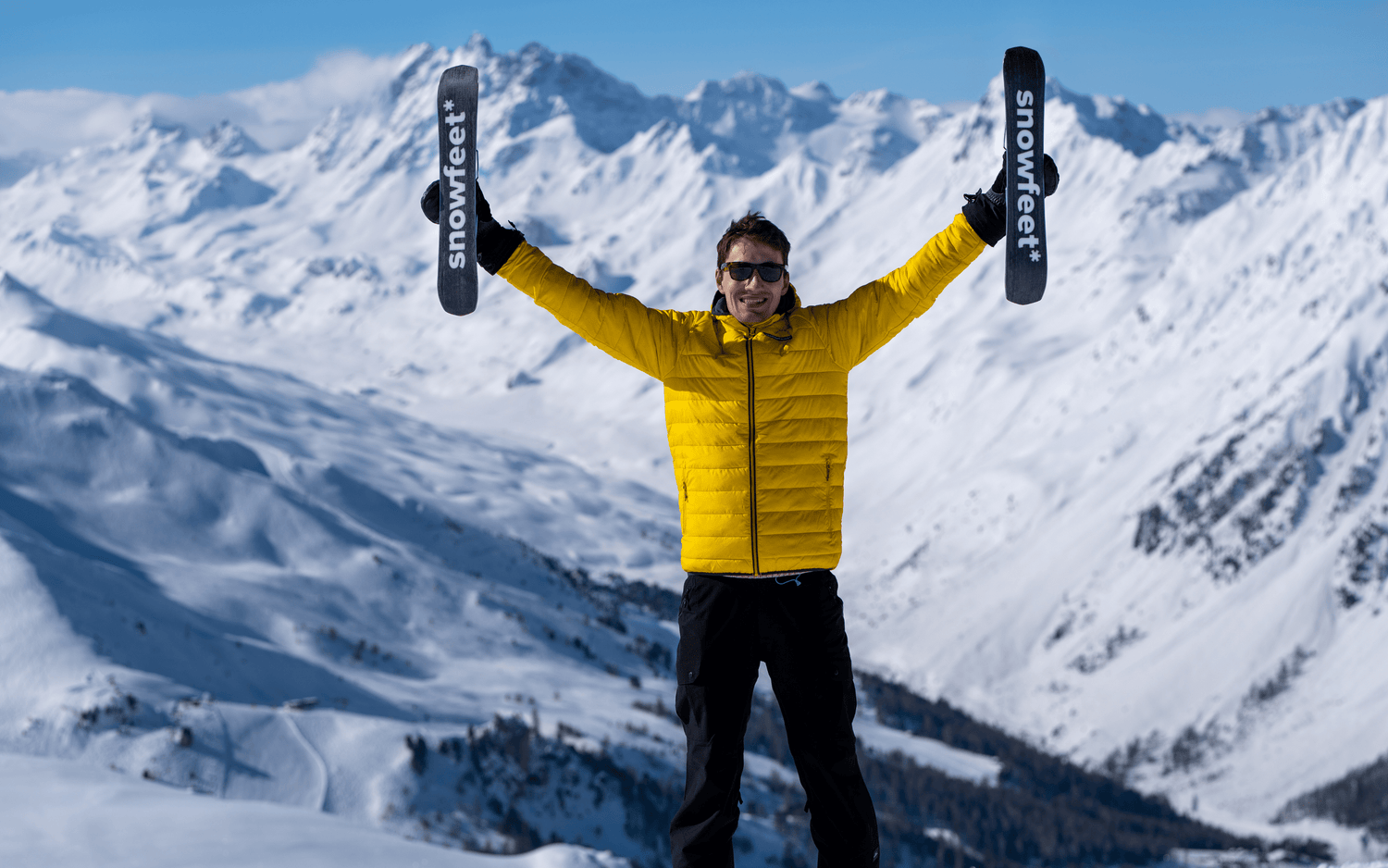




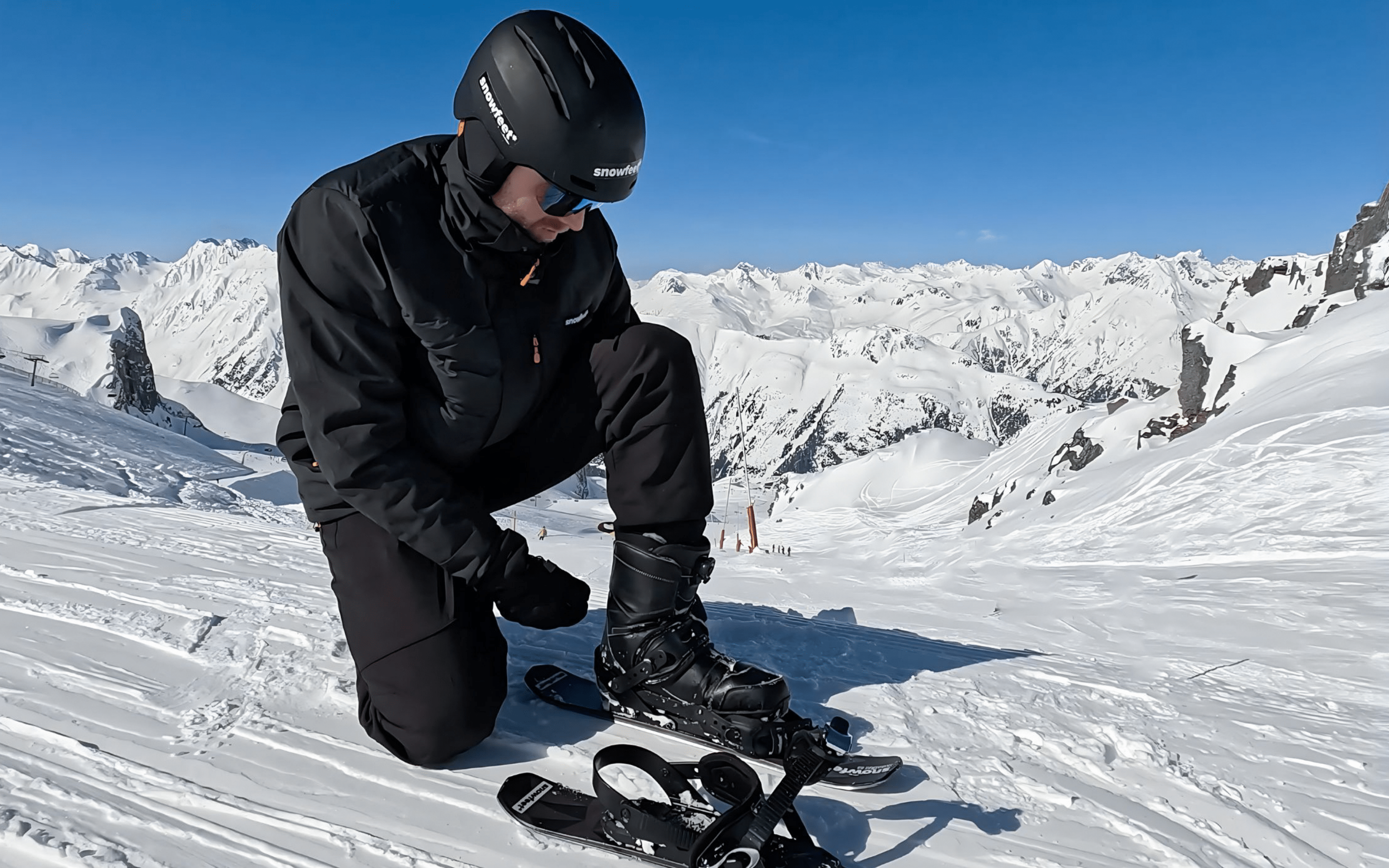
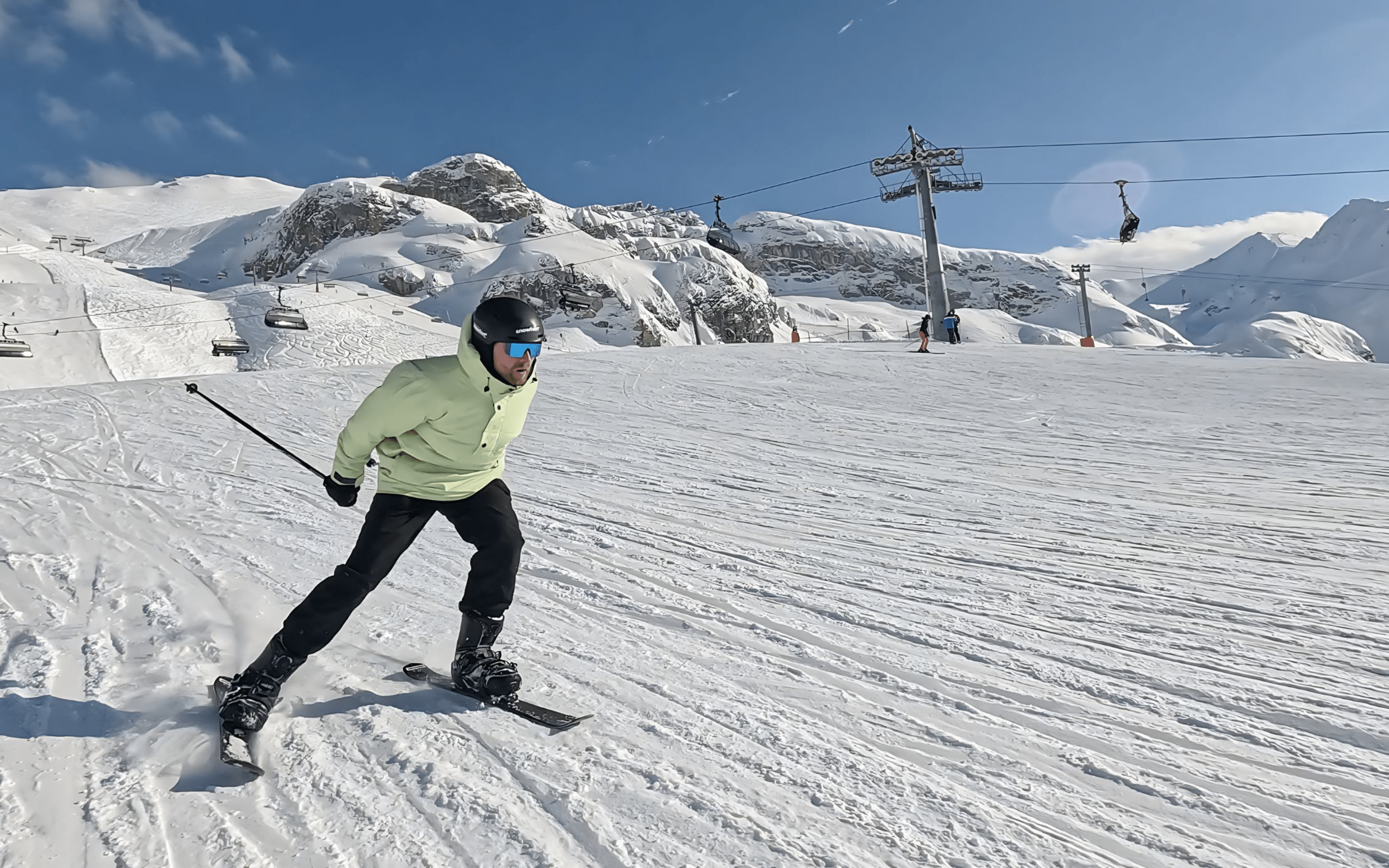
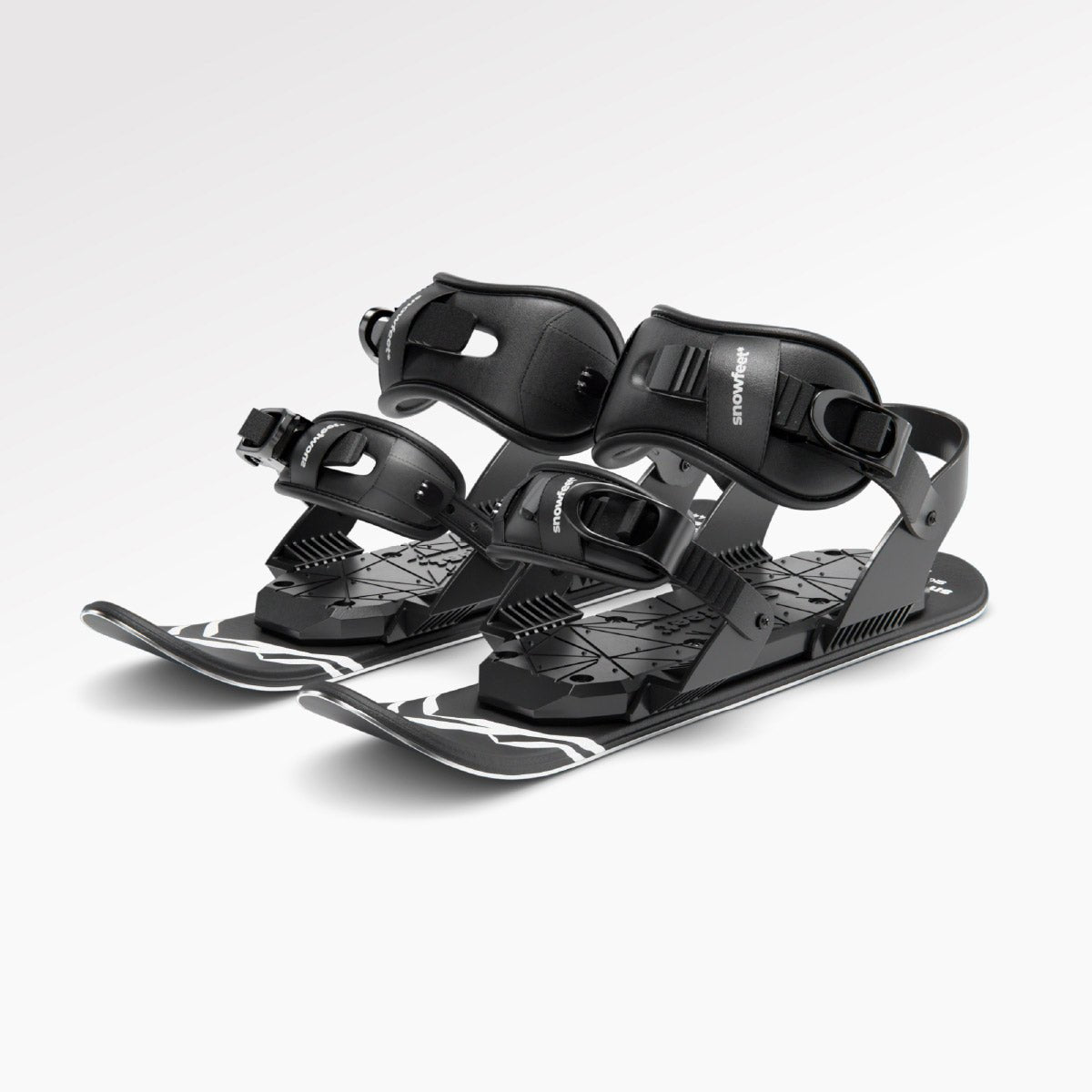
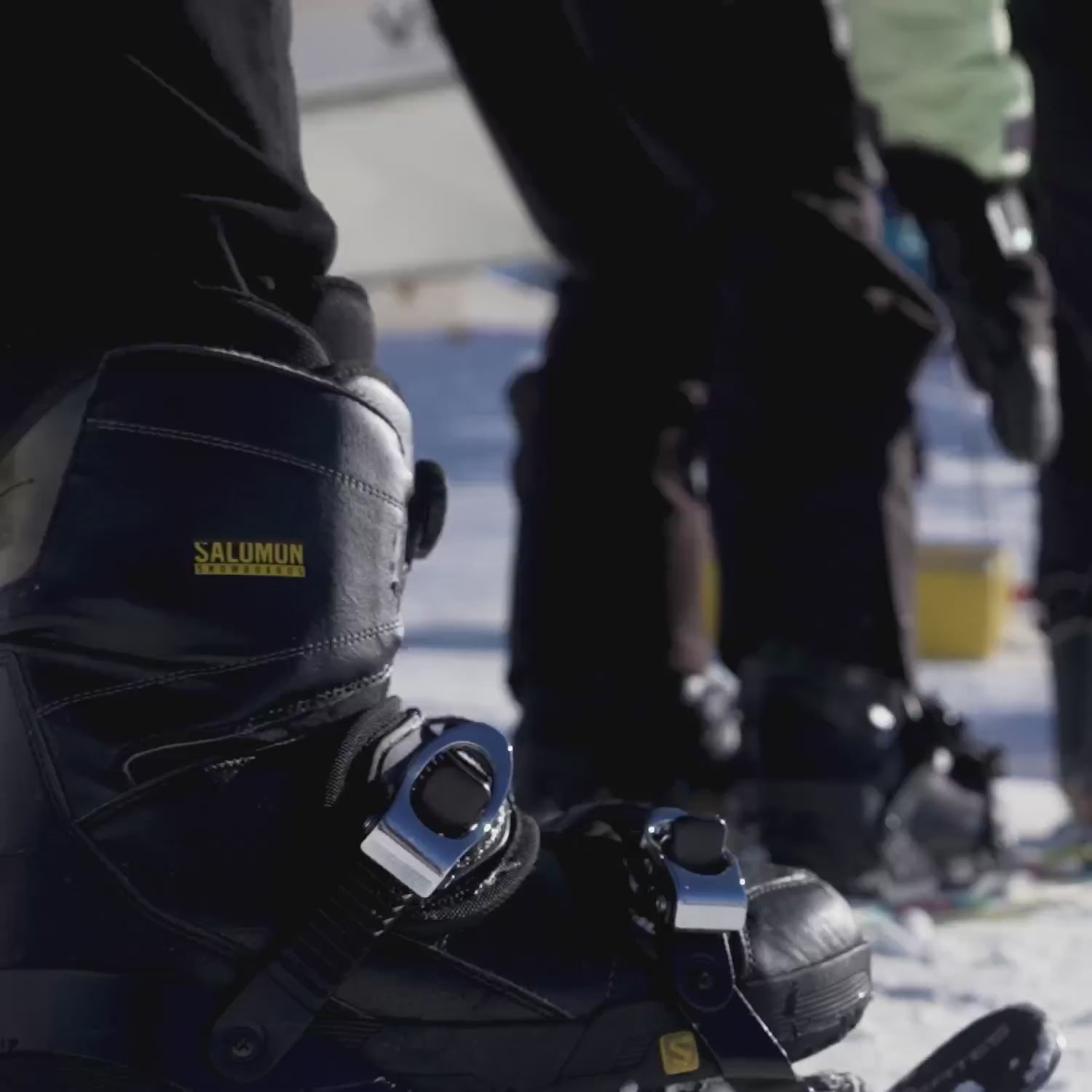
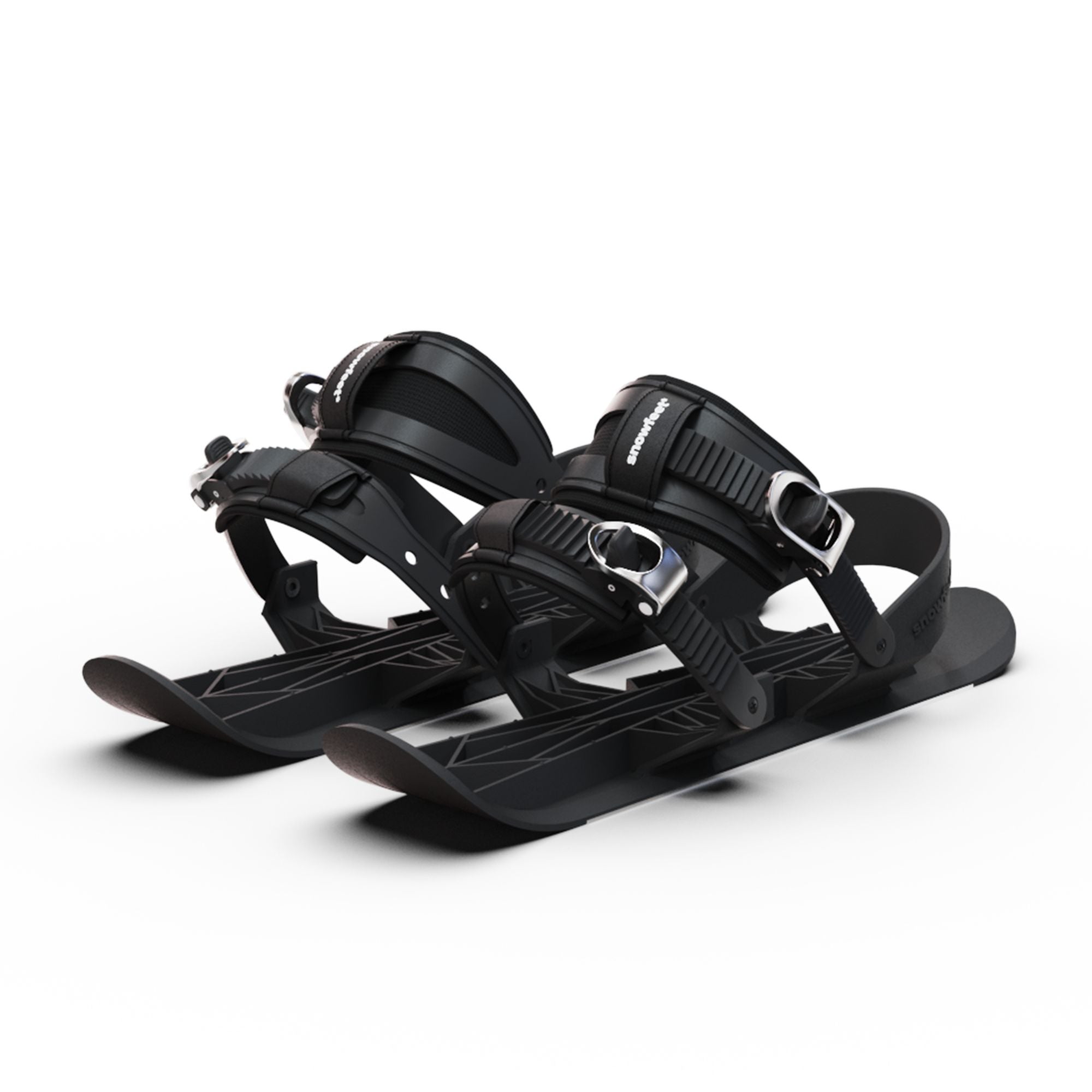
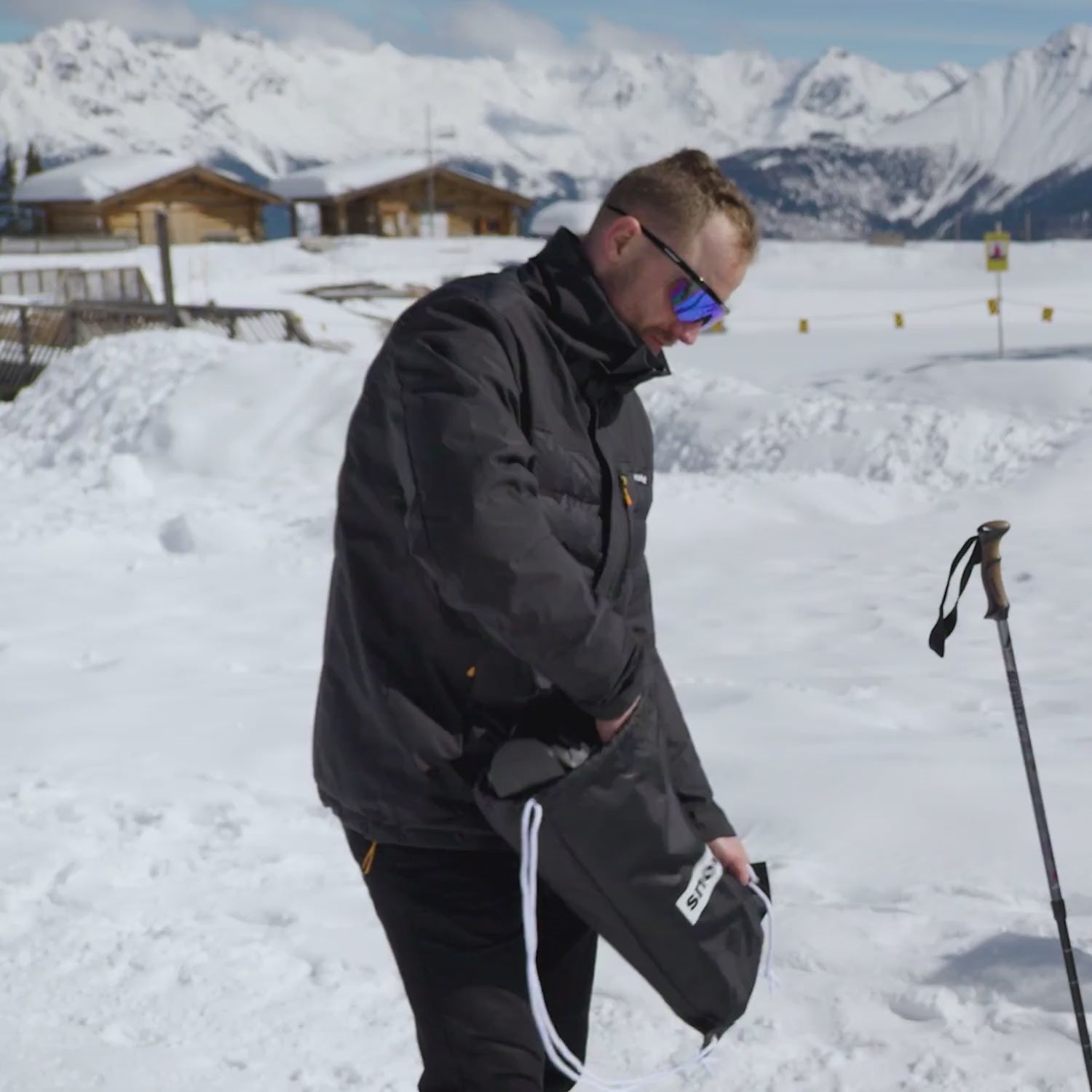
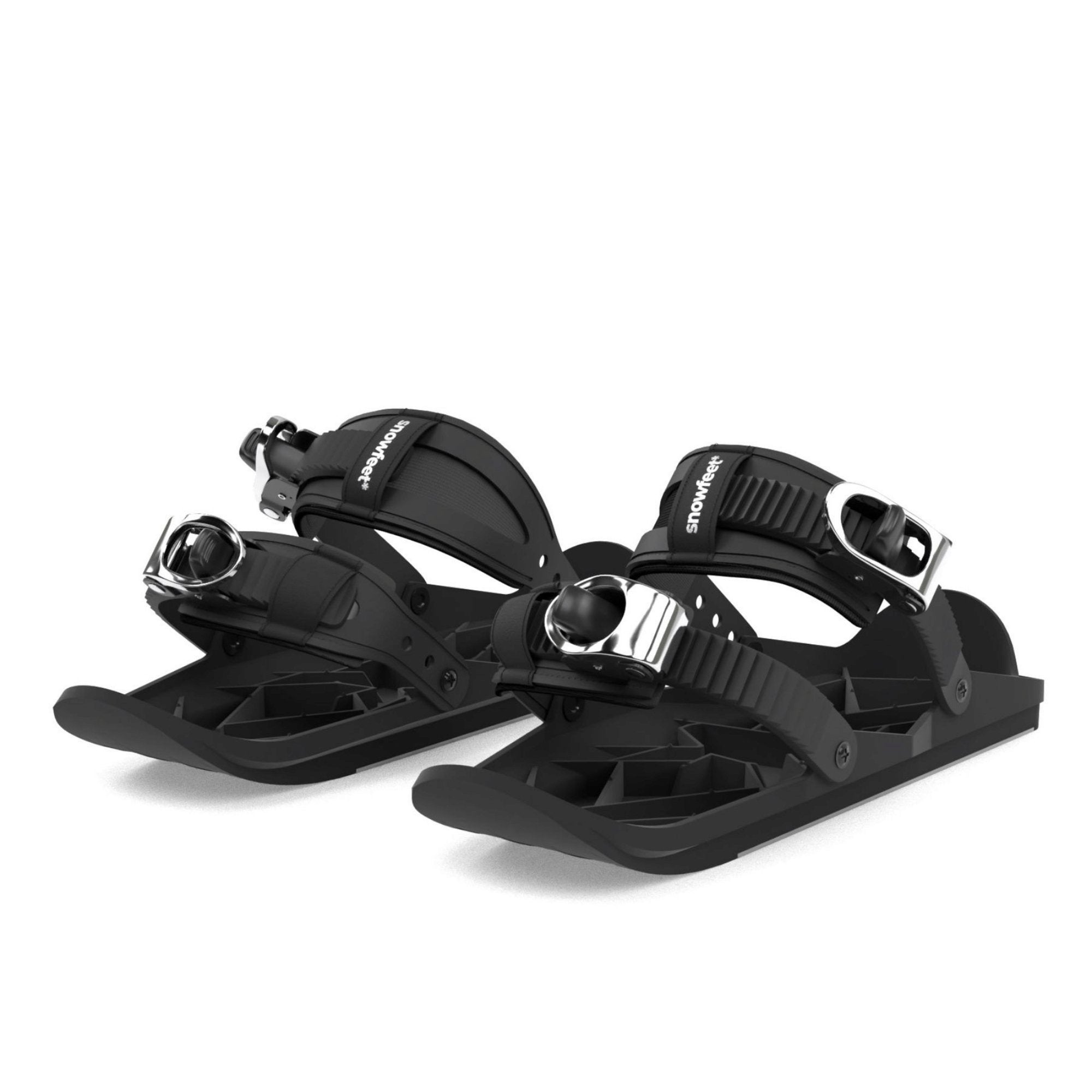
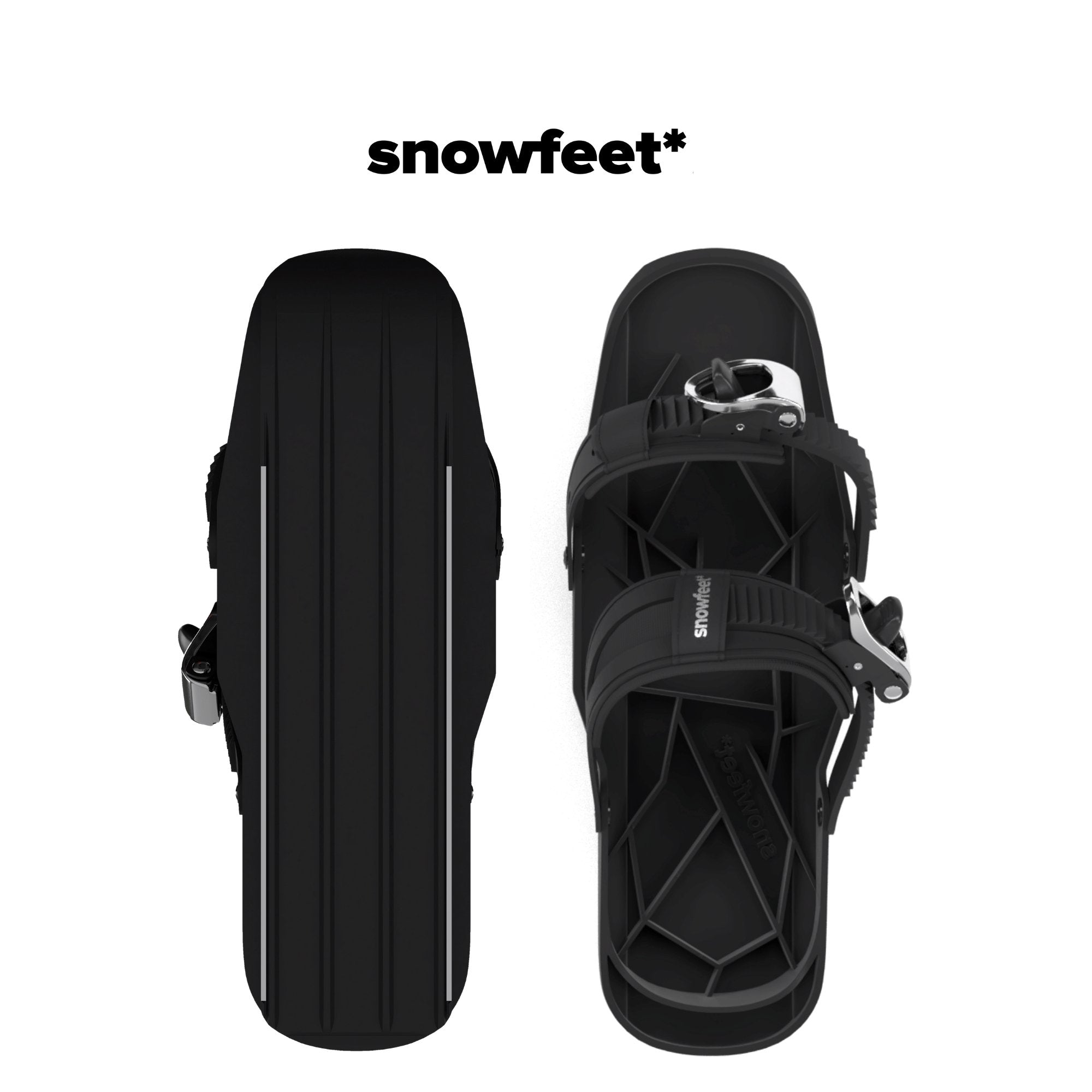
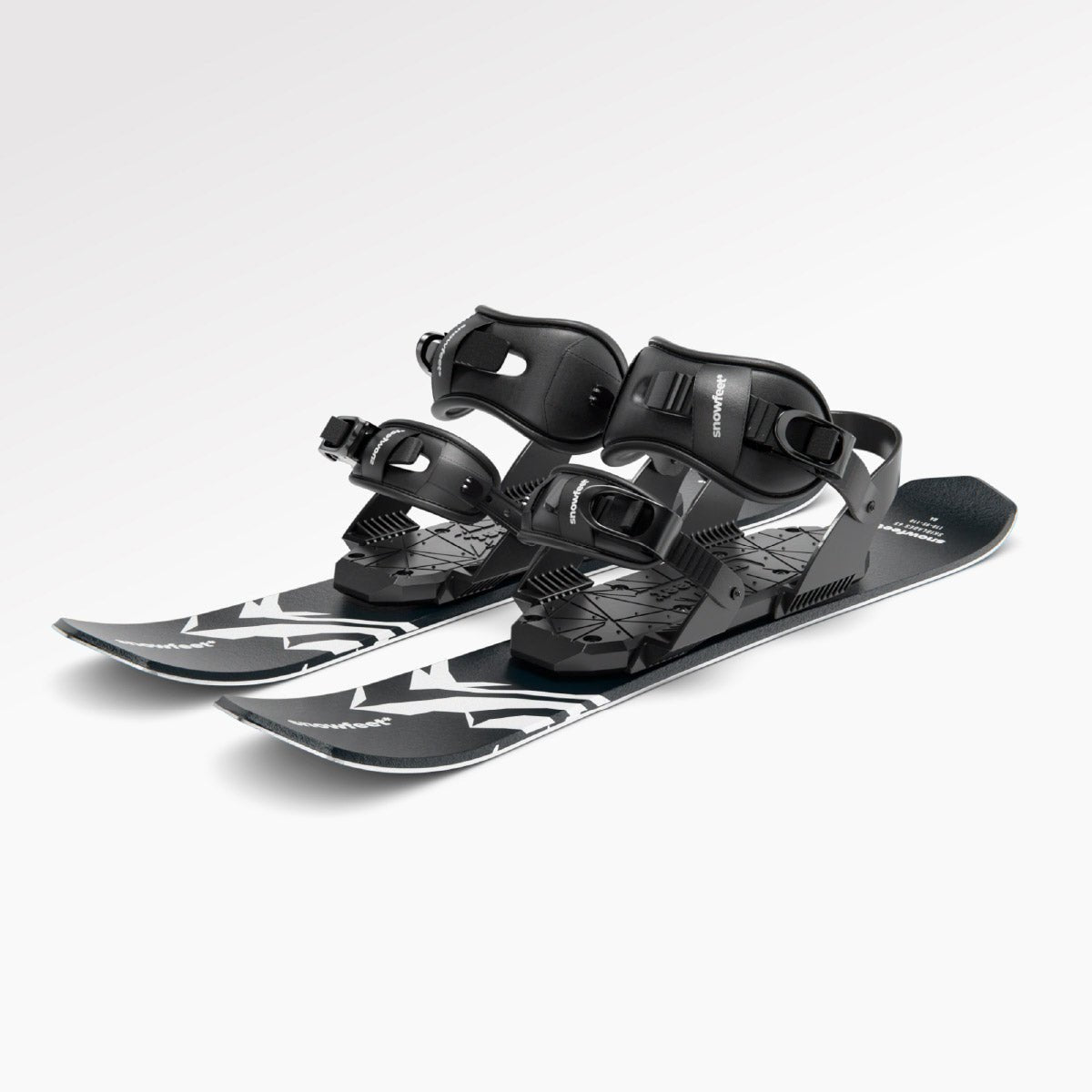
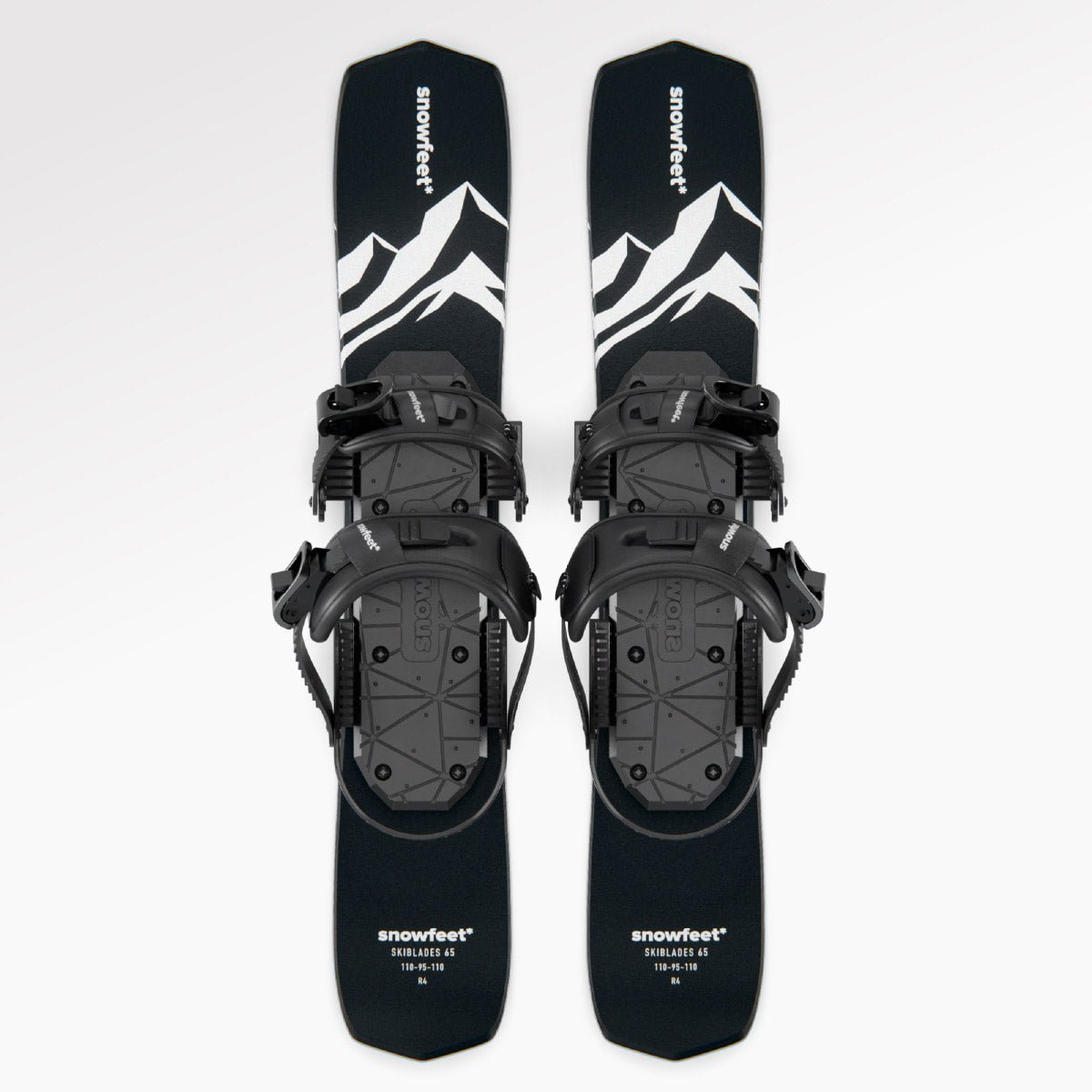
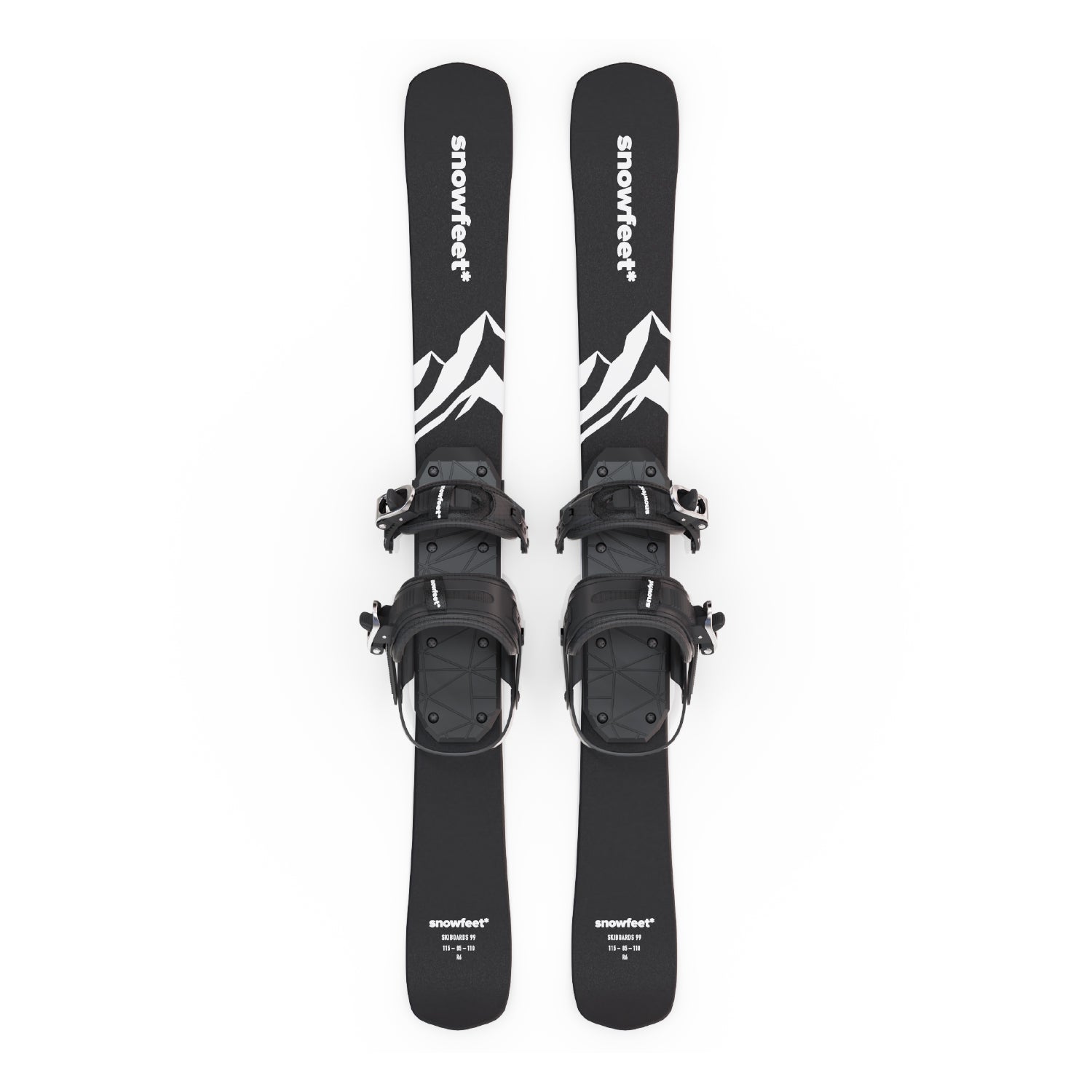
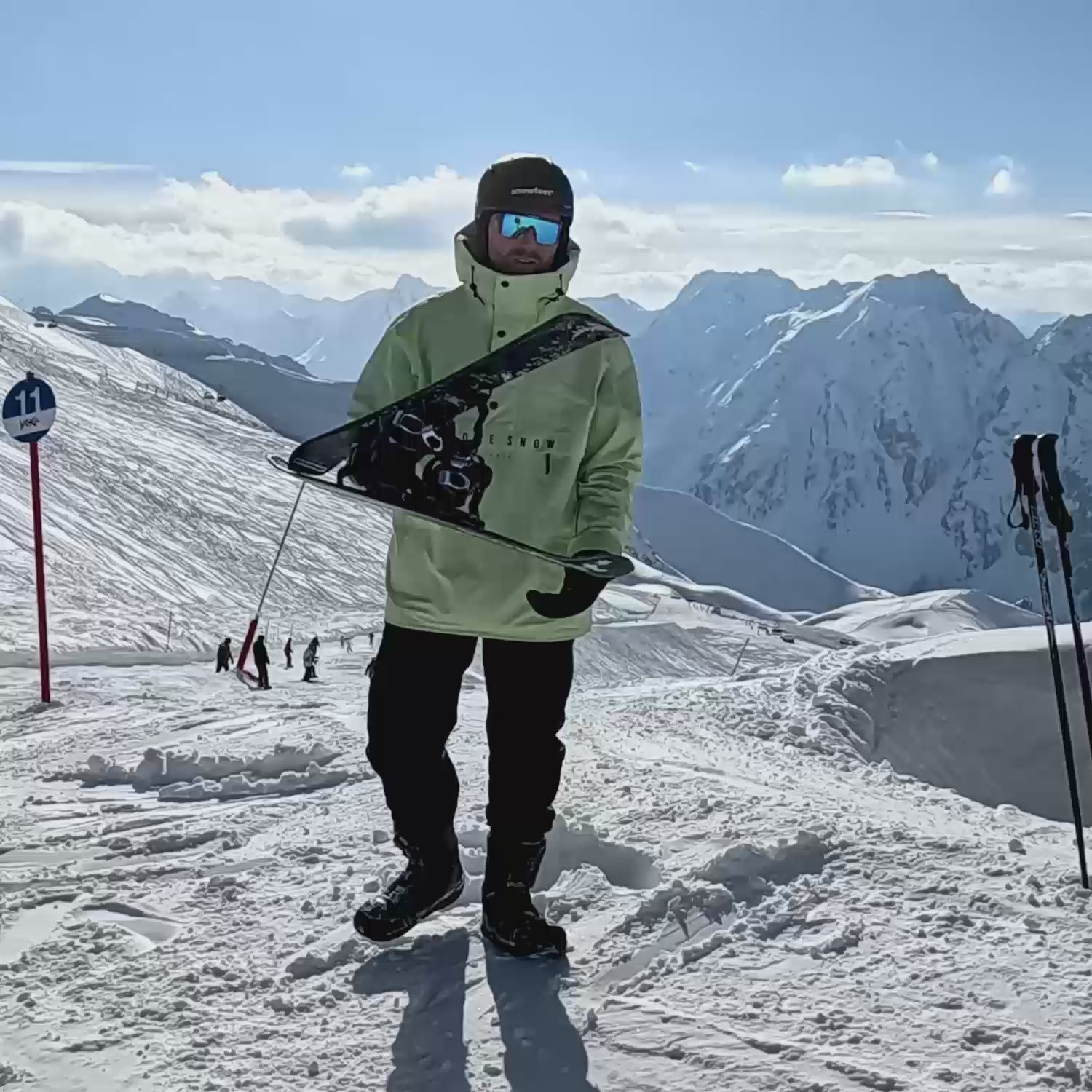
Einen Kommentar hinterlassen
Diese Website ist durch hCaptcha geschützt und es gelten die allgemeinen Geschäftsbedingungen und Datenschutzbestimmungen von hCaptcha.